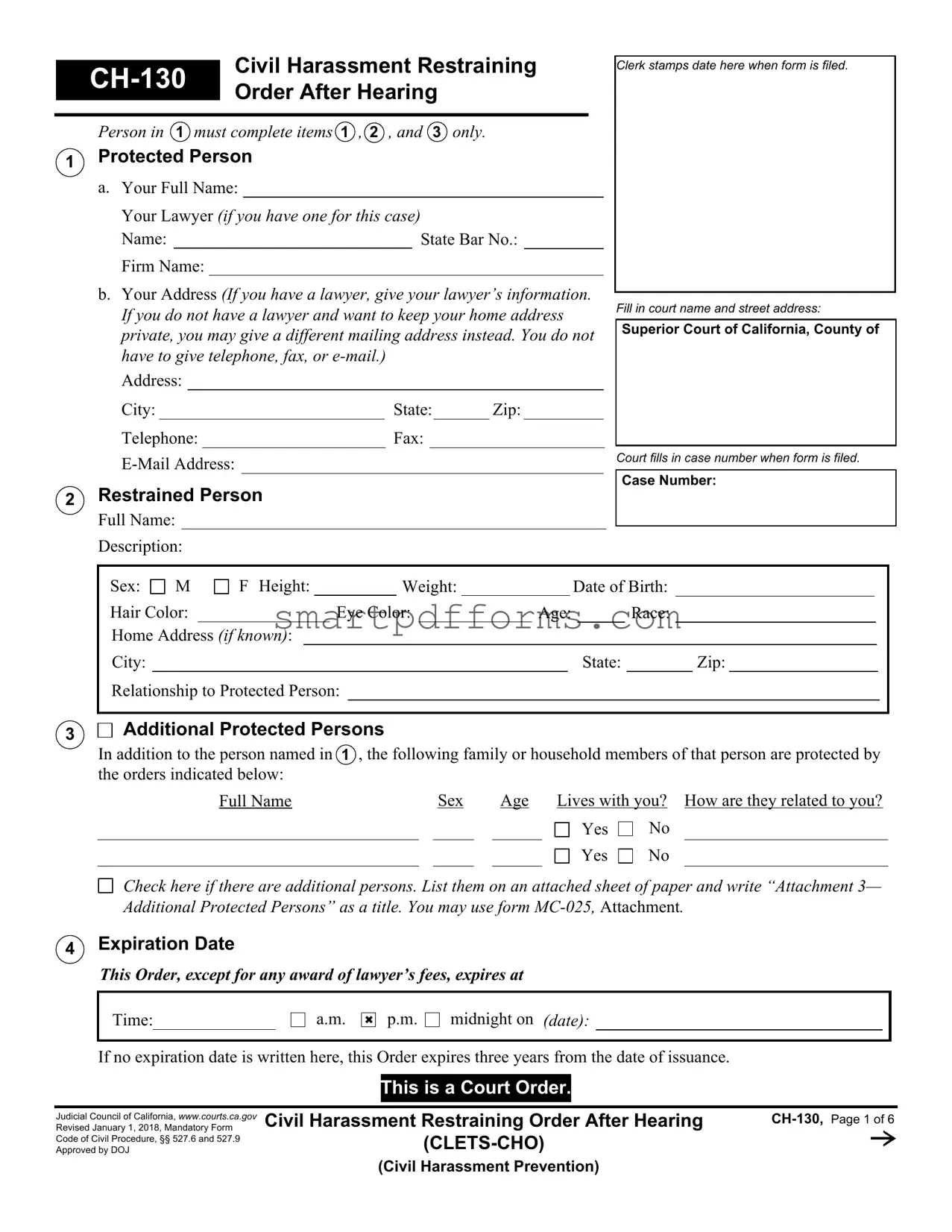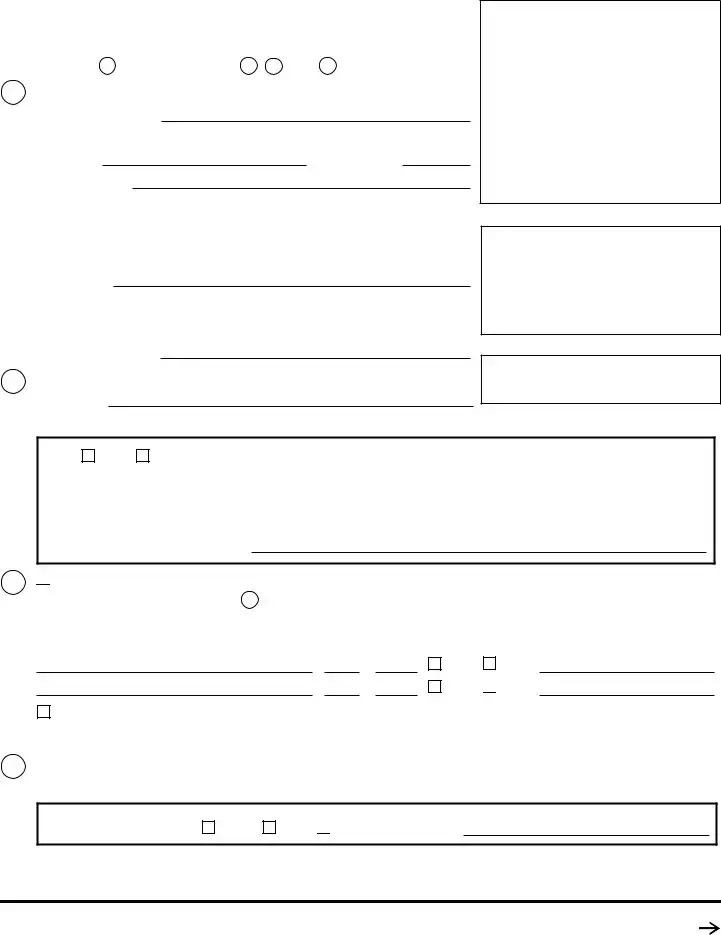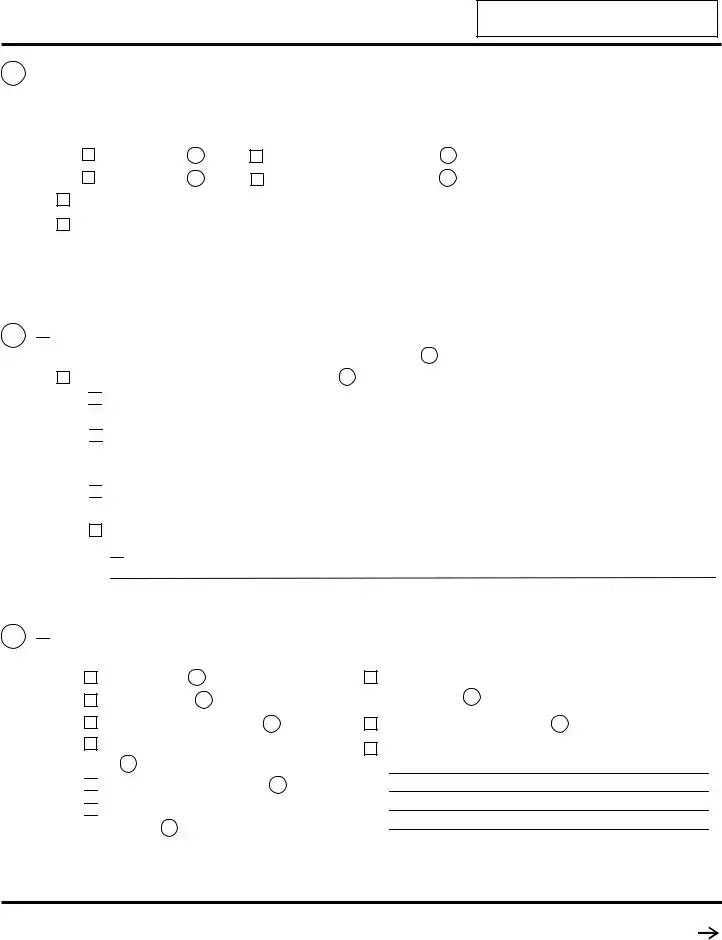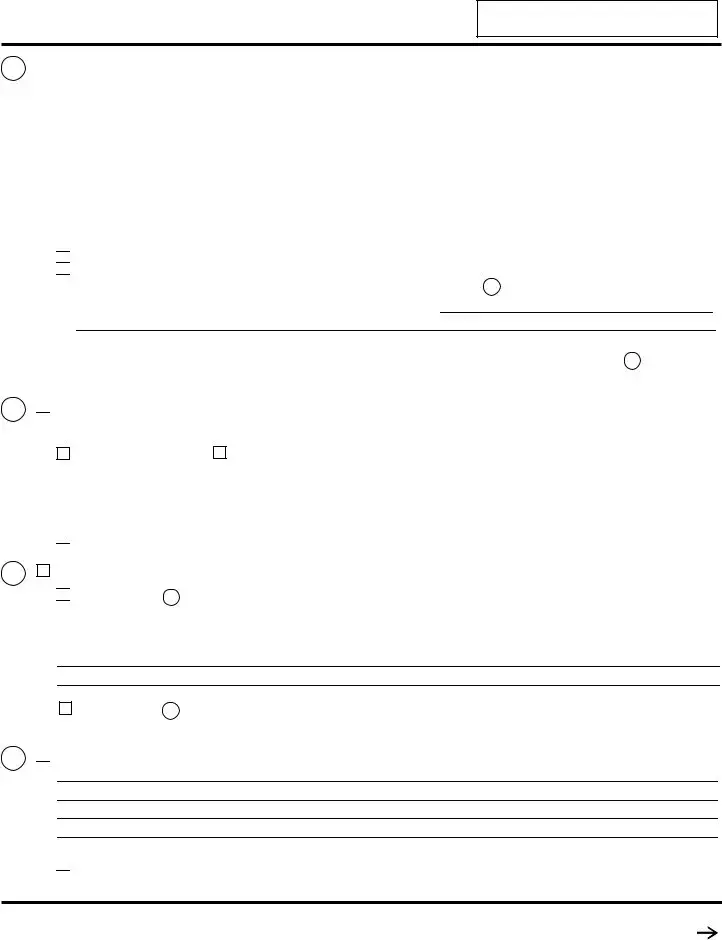a.You cannot own, possess, have, buy or try to buy, receive or try to receive, or in any other way get guns, other firearms, or ammunition.
b.If you have not already done so, you must:
•Within 24 hours of being served with this Order, sell to or store with a licensed gun dealer, or turn in to a law enforcement agency, any guns or other firearms in your immediate possession or control.
•File a receipt with the court within 48 hours of receiving this Order that proves that your guns or firearms have been turned in, sold, or stored. (You may use form CH-800, Proof of Firearms Turned In, Sold, or Stored, for the receipt.)
c.
 The court has received information that you own or possess a firearm.
The court has received information that you own or possess a firearm.
d.
 The court has made the necessary findings and applies the firearm relinquishment exemption under Code of
The court has made the necessary findings and applies the firearm relinquishment exemption under Code of
Civil Procedure section 527.9(f). Under California law, the person in 2 is not required to relinquish this firearm (specify make, model, and serial number of firearm(s)):
The firearm must be in his or her physical possession only during scheduled work hours and during travel to and from his or her place of employment. Even if exempt under California law, the person in 2 may be subject to federal prosecution for possessing or controlling a firearm.

 Lawyer's Fees and Costs
Lawyer's Fees and Costs
The person in |
|
|
must pay to the person in |
|
the following amounts for |
|
|
lawyer’s fees |
costs: |
|
|
|
|
|
Item |
|
|
Amount |
|
|
Item |
|
Amount |
|
|
|
$ |
|
|
|
|
|
$ |
|
|
|
|
|
|
|
|
|
|
|
|
|
|
|
|
$ |
|
|
|
|
|
$ |
|
|
|
|
|
|
|
|
|
|
|
|
|

 Additional items and amounts are attached at the end of this Order on Attachment 9.
Additional items and amounts are attached at the end of this Order on Attachment 9.
Possession and Protection of Animals
a.
 The person in 1 is given the sole possession, care, and control of the animals listed below, which are owned, possessed, leased, kept, or held by him or her, or reside in his or her household.
The person in 1 is given the sole possession, care, and control of the animals listed below, which are owned, possessed, leased, kept, or held by him or her, or reside in his or her household.
(Identify animals by, e.g., type, breed, name, color, sex.)
b. |
The person in 2 must stay at least |
|
yards away from, and not take, sell, transfer, encumber, conceal, |
molest, attack, strike, threaten, harm, or otherwise dispose of, the animals listed above. 
 Other Orders (specify):
Other Orders (specify):


 Additional Protected Persons
Additional Protected Persons
 No
No midnight on
midnight on 

 Personal Conduct Orders
Personal Conduct Orders
 Harass, intimidate, molest, attack, strike, stalk, threaten, assault (sexually or otherwise), hit, abuse, destroy personal property of, or disturb the peace of the person.
Harass, intimidate, molest, attack, strike, stalk, threaten, assault (sexually or otherwise), hit, abuse, destroy personal property of, or disturb the peace of the person.
 Contact the person, either directly or indirectly, in
Contact the person, either directly or indirectly, in 
 Take any action to obtain the person’s address or location. If this item (3) is not checked, the court has found good cause not to make this order.
Take any action to obtain the person’s address or location. If this item (3) is not checked, the court has found good cause not to make this order.
 Other personal conduct orders are attached at the end of this Order on Attachment 6a(4).
Other personal conduct orders are attached at the end of this Order on Attachment 6a(4).


 The school of the person in
The school of the person in 
 The school of the children of the person in
The school of the children of the person in 

 The court has received information that you own or possess a firearm.
The court has received information that you own or possess a firearm.
 The court has made the necessary findings and applies the firearm relinquishment exemption under Code of
The court has made the necessary findings and applies the firearm relinquishment exemption under Code of
 Lawyer's Fees and Costs
Lawyer's Fees and Costs
 Additional items and amounts are attached at the end of this Order on Attachment 9.
Additional items and amounts are attached at the end of this Order on Attachment 9.
 The person in
The person in 


 Additional orders are attached at the end of this Order on Attachment 11.
Additional orders are attached at the end of this Order on Attachment 11.


 Additional law enforcement agencies are listed at the end of this Order on Attachment 12.
Additional law enforcement agencies are listed at the end of this Order on Attachment 12. The person in
The person in  The person in
The person in  No Fee to Serve (Notify) Restrained Person
No Fee to Serve (Notify) Restrained Person
 The Order is based on unlawful violence, a credible threat of violence, or stalking.
The Order is based on unlawful violence, a credible threat of violence, or stalking.
